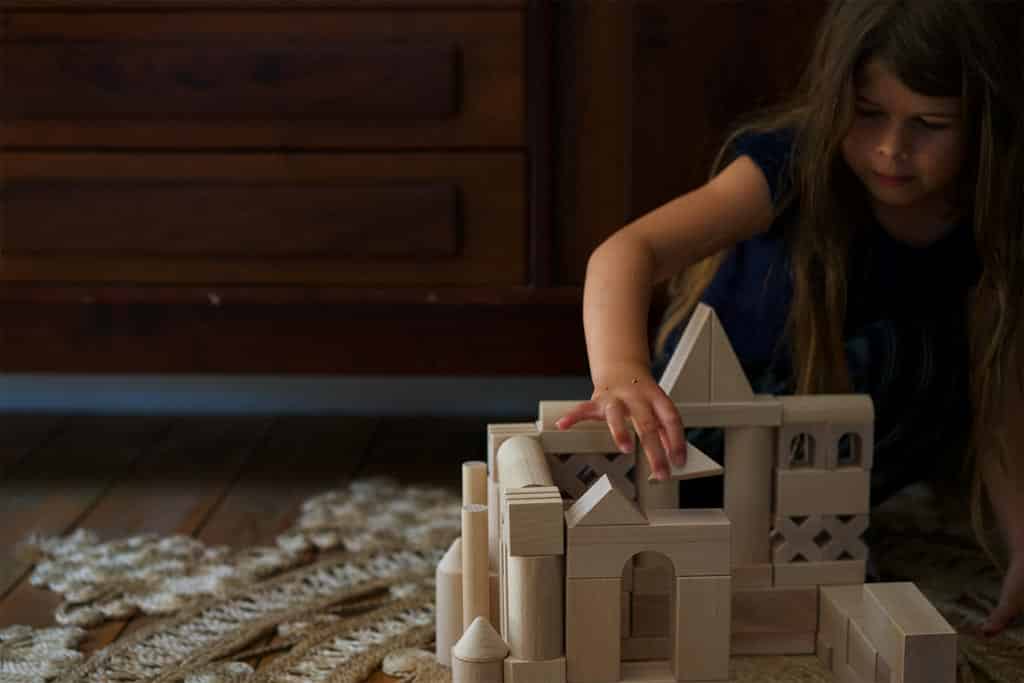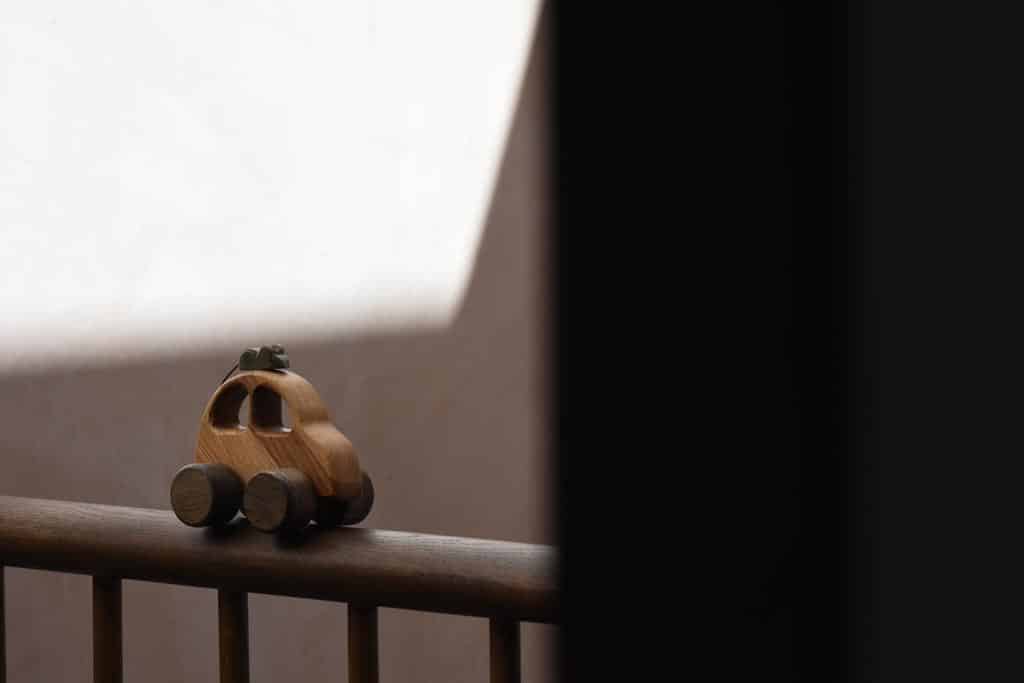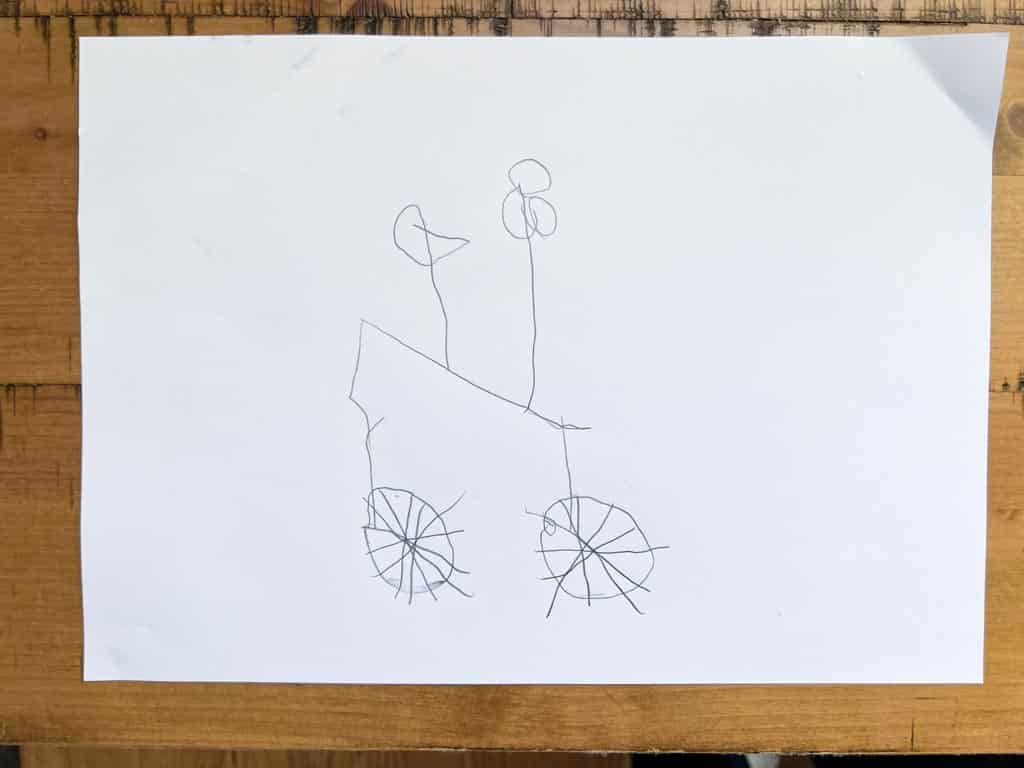The enclosing schema is a cognitive pattern that is commonly observed in young children’s play. It involves creating an enclosed space or structure using objects or materials, such as building a fort out of pillows and blankets or using blocks to create a castle. This schema reflects the child’s desire to create a sense of security and containment within their environment.
Enclosing schema play is often accompanied by a sense of control and ownership over the space or structure that has been created. Children may become absorbed in their play and feel a sense of pride and accomplishment in building and occupying their enclosed space.
The Enclosing schema is one of several schemas that are thought to be innate and universal patterns of behaviour that emerge during early childhood. These schemas are thought to reflect the child’s efforts to make sense of their environment and develop their understanding of the world around them. By recognizing and supporting these schemas, parents and caregivers can help facilitate children’s cognitive development and encourage their natural curiosity and creativity.
A classic enclosing schema activity
Make a zoo
This is a great way to bring all kinds of toys together in one activity. Use blocks (and old shoe boxes or bowls or anything you like) to build the zoo, and fill it with all your toy animals and play people. You can make different enclosures for the different animals. But make sure there are no gaps or the animals will get out! (Children with a strong enclosing schema always enjoy this part.) Don’t forget to make an entrance for the visitors and other facilities like the cafe and shop – you can even be the shopkeeper or the chef in the cafe. This could also be a farm, a Jurassic Park-style space filled with dinosaurs, stables for ponies, or an aquarium for fish. It’s about creating an enclosure for whatever toys your child is most interested in.
What’s the difference between the enveloping and enclosing schemas?
The enveloping schema involves wrapping or covering objects or oneself, often using materials such as blankets or clothing. The focus of the enveloping schema is on the sense of being enclosed, wrapped, or surrounded. Its origins can be traced back to object permanence, the idea that hidden things still exist.
The enclosing schema, on the other hand, is about enclosing space, about inside and out. The inside is protected. Those on the outside can’t get in. Enclosures offer a sense of containment and control.
More enclosing schema ideas
Building a Fort: Using cushions, blankets, and furniture to create an enclosed space where a child can hide or play.
Playpen Activity: A child spending time arranging and rearranging toys or objects within a playpen or a delineated area.
Drawing Circles or Other Enclosed Shapes: This can be on paper with crayons or pencils, or in the sand with a stick.
Making a Dollhouse: Crafting miniature rooms and spaces within a box or a designated container.
Constructing Fences or Walls with Blocks: This might be to house toy animals, cars or dolls, creating a controlled space for each item.
Playing with Hoops: Throwing them around objects or using them to enclose space.
Creating Enclosed Spaces with Play-Dough or Clay: Building caves, tunnels, or similar structures.
Box Play: A child sitting inside a box, creating an enclosed space, or using it to house their toys.
Nesting Dolls or Stacking Cups: Taking pleasure in creating a series of enclosed spaces within each other.
Role-playing Activities: Playing ‘house’ or ‘school’, where specific zones are allocated for specific purposes
Final word
Understanding the enclosing schema gives you a window into your child’s mental representations representations of the world.
What does her picture look like? Is it complete? What could you offer that would challenge her current thinking and help her to form a more comprehensive model?
The learning will come through play, through experimentation.
Offer the right materials, get out of the way and let her discover.




